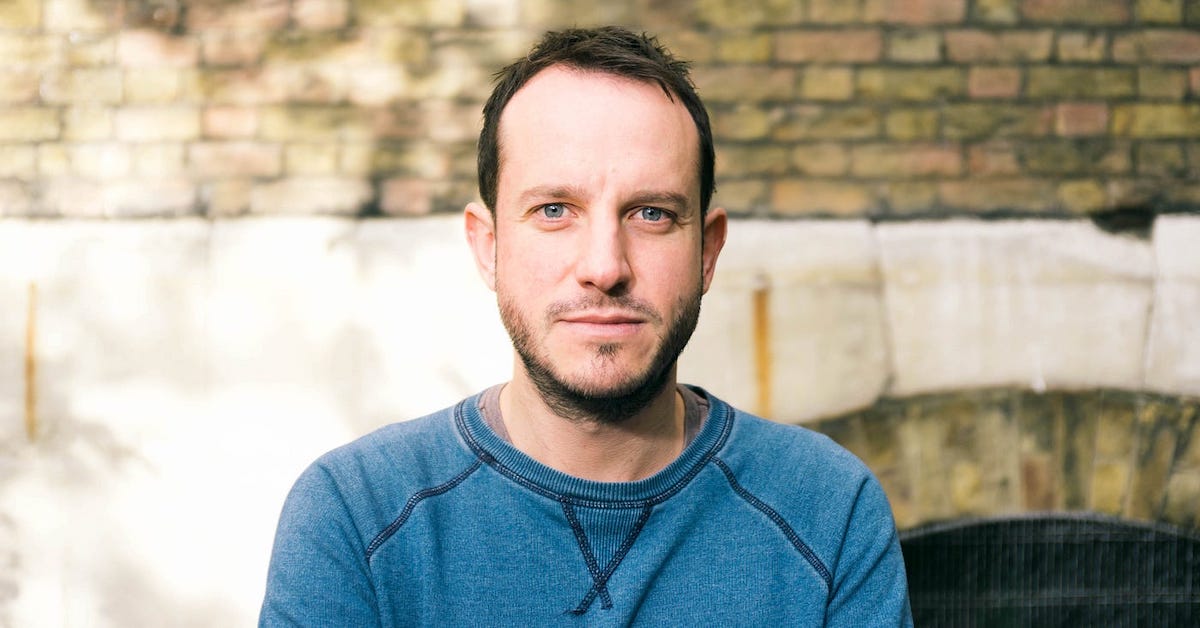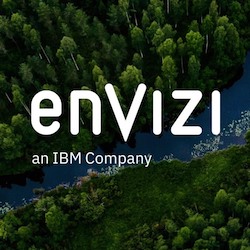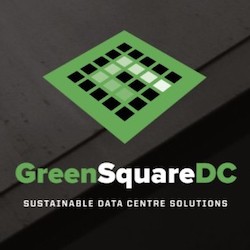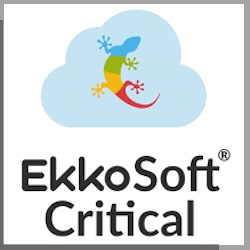Sustainability is a systemic issue, calling for shifts in policy, technology, financing, infrastructure and consumption. None of these shifts is possible without people thinking about how they might live their lives differently and then doing so. In other words, sustainability is fundamentally anthropic. In this article, I’ll make a case for why anthropology – a discipline that helps us understand human culture – is essential if we are to make these systemic changes. I’ll share the idea of Life Fields – a ‘thinking tool’ that enables us to see how organizations can align with people better to create new forms of sustainable impact. With these foundations, we can move beyond corporate archetypes such as industry, consumption journeys, point of purchase or competition toward transformational ideas of organizational activity better suited to today’s challenges and opportunities.
A life-centric approach to sustainability
This year, Accenture Song revealed a new approach to how businesses can interact with people. Life centricity focuses on the benefits of unpacking and responding to the complexity of people's lives, all the way from their thoughts and ideas through to the social, political, cultural, and economic conditions within which they live. By operating at the intersection of these two levels, businesses can create long-lasting customer relevancy and loyalty. As part of this approach, Accenture also revealed The human paradox; showing how – as a consequence of our fast-changing, ever more complex world – people are finding it increasingly difficult to make consistent decisions while they grapple with multiple and divergent crises and demands on their mental and financial resources. Consumer behavior is less predictable and more multifaceted than ever before.
In the past eighteen months, we have been looking at sustainable forms of consumption; more specifically, building the foundations of a life-centric approach to sustainability. As an anthropologist who believes we can best understand phenomena by analyzing people’s perceptions and experiences, seeing the world through their eyes as best we can, I’m pleased to say we’re decoding the heterogeneous nature of sustainable consumption and defining related implications and opportunities for organizations by centering our thinking around the intricacies of people’s everyday lives. This approach began with the Consumer Reality Check, delivered for COP26, which built on ethnographic and experimental research to argue that organizations should ‘reduce the burden’ on people by enabling more sustainable behaviors, regardless of whether these people see sustainability as a priority or not. This year, we’ve been extending this perspective by conducting a multi-method, international research program exploring people’s values, needs and behaviors across eight countries, which will result in a new stream of frameworks, publications and activity in the New Year. Later in 2023, in collaboration with Accenture Research, we’ll also reveal a quantified articulation of these frameworks and insights from research conducted across twelve countries.
By taking a life-centric approach throughout, we’ve discovered how dialogs and behaviors concerning sustainability are hyper-diverse globally, relating not only to varying social, political, and economic conditions but also cultural traditions, rituals, and identities.
We believe any attempt to understand and address existing forms of (over) consumption should include the latter, more anthropological elements.
Using Life Fields to think about life
One conceptual framework we’ve been using to construct this life-centric approach to sustainability is the idea of Life Fields. Life Fields define various forms of everyday, collective activity – they provide a lens through which we can categorize where and how people live their lives. To define them, we first analyzed carbon dioxide (CO₂) emissions by sector, before mapping the biggest opportunities for CO₂ emission reduction to prominent fields of consumption, which pointed to electricity and heat, transport, and agriculture (i.e. diets and food consumption) most prominently. We then added other impactful but less direct forms of impact people can make, including, for example, financial investments (inc. pensions). Around this skeleton, we applied information and insights from our previous research projects concerning people’s relationships with sustainability, including the Consumer Reality Check, which enabled us to see how sustainability appears from people’s perspectives (e.g. how they make decisions or think about their opportunities to behave differently.) Finally, we added a little more anthropological theory to the framework, adding the importance of joy and pleasure to formulating sustainability engagements, and moving from technocratic definitions of electricity and heat, transport, and agriculture to conceptualisations of how people relate to their homes and other physical environments, move around the world, and try to remain nourished and healthy. In combination, these elements create Life Fields attuned to our biggest environmental imperatives but sensitive to everyday human realities.
The five Life Fields we’re working with currently are:
- Nourishment and Health
- Shelter and Comfort
- Joy and Pleasure
- Stability and Prosperity
- Movement and Mobility
These fields encompass particular but overlapping human needs and desires, and can help bridge the divide between how people think about and experience sustainability and how organizations most often think about and act toward sustainability. Within each life field, we can begin to see how people perceive their consumption options, decisions and behaviors. For example, imperatives about energy efficiency in the home might relate to people’s perceptions of appropriate or desirable levels of comfort – their ability to stay warm over a cold winter. Similarly, imperatives around transportation electrification might relate to people’s desires and abilities to spend time with family living far away or to explore a new part of the country. Overall, people most often arrive at sustainability imperatives or decision-making through the imperative to live and the possibility of thriving more generally.
Using Life Fields to think about sustainability differently
Approaching sustainability through the lens of Life Fields is very different from how businesses most often consider their roles and opportunities. In our experience, the idea of ‘industry areas’ has long dominated instead. For example, an automotive group or client might ask “How do we make electric vehicles appealing to the masses?”, rather than asking “How can we marry electrification with people’s varying desires to move between spaces?” The second version, a life-centric approach, uses a Life Field as a jumping-off point for problem-solving in a way that promises an inherent connection with people’s needs, values and behaviors.
In experimenting with such questions, we’ve found that this inherent connection makes the Life Field concept a beneficial starting point for product and service innovation, especially because ideas can stretch beyond narrow windows of ‘purchase decisions’ or ‘consumption journeys’ into the complexities and breadth of people’s relationships with sustainability. More than this broadening, however, the concept also offers a way to rethink business models and the interrelationship between businesses because systemic patterns and intersections of consumption become visible. At the highest level, the concept also encourages us to re-imagine industry futures, especially regarding cross-industry or net-new-industry sustainability agendas and opportunities, which is essential if we are to dismantle the industry silos that have held sustainable transformations and transitions back for too long.
As we continue our quest to incorporate humanity and human understanding into the most complex forms of systemic sustainable innovation and reinvention, we’ll be using Life Fields to organize and tailor programs of change and intervention. By testing and measuring how approaches focusing on human lives, and people’s often contradictory but always multi-layered needs, values, and behaviors impact our ability to stimulate more sustainable forms of consumption and opportunities for multi-faceted value generation, we hope to provide more compelling evidence that we need to take sustainability efforts beyond individualized organizational and industry alliances and into increasingly collaborative and disruptive forms of organization and action.
The Author: Oliver Pattenden (pictured, top of page) is global research and insight director for Accenture Song. Read more Accenture Song blogs here. More: Read all guest blogs here.




